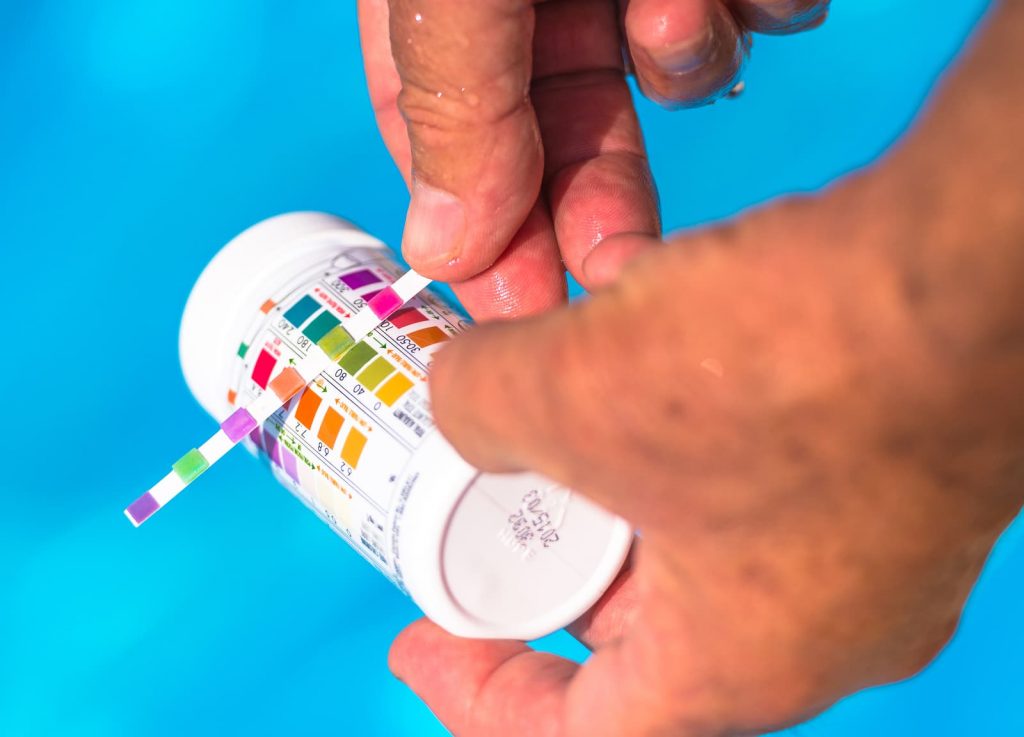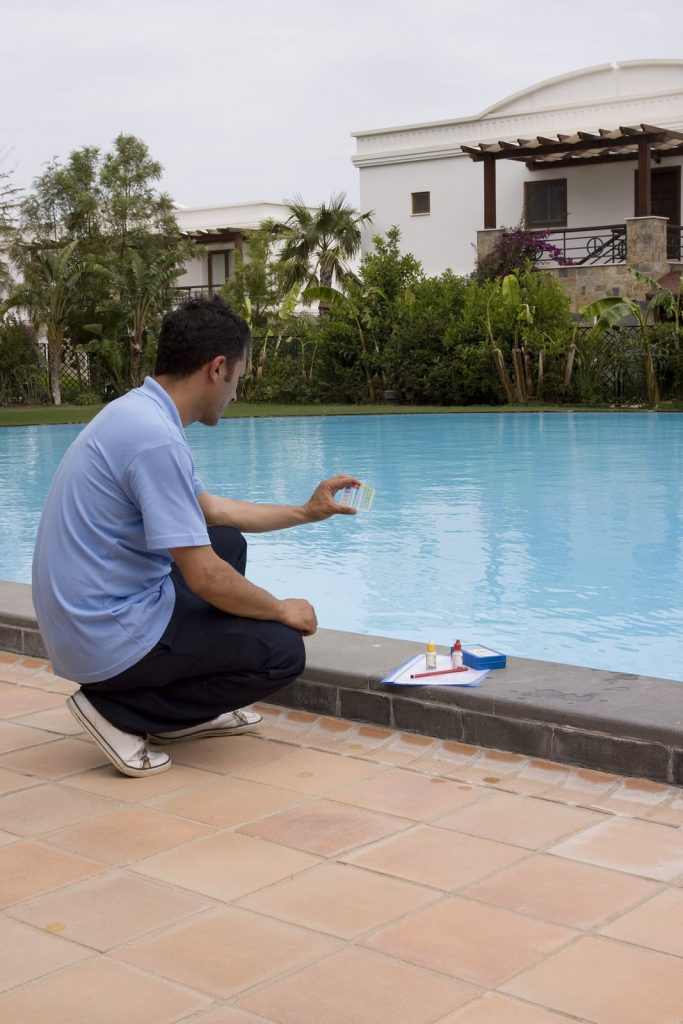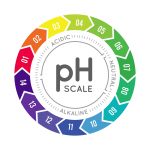Professional Testing Methods for Swimming Pool Chemicals
Maintaining the proper balance for swimming pool chemicals is one of the most important responsibilities of a Certified Pool Operator (CPO®). In order to maintain this balance, accurate testing methods must be carried out and adjustments must be made according to those test results. For each individual swimming facility, a CPO® needs to know what tests should be performed, the frequency of testing as well as the method used. Even swimming facilities with automated water chemistry systems need to be manually tested periodically to make sure the equipment is calibrated correctly. Also, every state requires a different amount of testing as a minimum. Your facility may require more testing as deemed necessary based upon bather loads, environmental factors, type of fill water, and more. There are several testing methods that every pool operator must know how to conduct properly.
Colorimetric
Colorimetric testing relies on color matching to determine the chemical balance of the water. An indicator reagent is added to the water sample in a comparator test block and a chemical reaction takes place. A chemical product is produced with varying color intensity, depending on the concentration of that chemical in the water. The sample color is compared to a set of standard references to determine what the chemical makeup is.
One way this is carried out is with colorimeters or photometers. This is an instrument that uses a beam of light through a water sample and the emerging light is analyzed electronically. The instrument then calculates and gives a reading of the water chemistry. This tool is often used to calibrate automated water chemistry controllers.
There are also colorimetric tests called dip-and-read test strips. These tests involve dipping a test strip into the water for 15-30 seconds, seeing what colors appear on the strip, and comparing the colors to the references on the test packaging. The accuracy of these tests can be hindered by lighting conditions as well as the vision of the individual carrying out the test. For this reason, they are not an approved testing method in all states.
Titrimetric
Titration is a testing method that determines the concentration of swimming pool chemicals by using a standard concentration of a known reagent. The standard reagent solution is called the titrant. There must be a way of determining when the balance or endpoint is reached to know the test is complete. The endpoint occurs when all of the unknown concentration of swimming pool chemicals reacts with the standard titrant. A third chemical, usually an indicator, is used that changes color when the endpoint is reached.
Turbidimetric
Turbidity is a measure of the number of particles suspended in water that cause light waves to scatter, giving the water a cloudy appearance. With turbidimetric testing, a standard reagent is added to a known sample of water and reacts with the unknown concentration of the sample. This causes the sample to turn cloudy in proportion to the concentration.
The cloudiness is then measured with a calibrated cell. There is a black dot at the base of the cell and the cell is filled with the cloudy sample water until the black dot can not be seen. The test results are known by reading the calibrated markings on the cell at the level of the sample water. Other tests lower a dipper rod into the water sample until the same black dot can not be seen.
Turbidity can also be tested electronically with a nephelometer. This device measures the amount of light that is reflected off particles in the water to show the number of nephelometric turbidity units in the water. Water must have a turbidity level that does not exceed 0.5 nephelometric turbidity units. Some health departments use water clarity disks to determine turbidity levels. The turbidity of the water is acceptable when these disks can be seen in the deepest part of the pool. The required size and color of these disks are determined by local health codes.
Experts of Swimming Pool Chemicals
The best way to learn about pool chemistry is through CPO® certification. Pool Operation Management offers award-winning CPO® certification courses to give you the most comprehensive education in everything involved with pool operation. Over a two-day course or during online training, our experienced professionals will not only help you get certified, but you will acquire real-world knowledge to aid you in your career of pool operation. To start your CPO® certification courses or use our many services, contact Pool Operation Management today.








